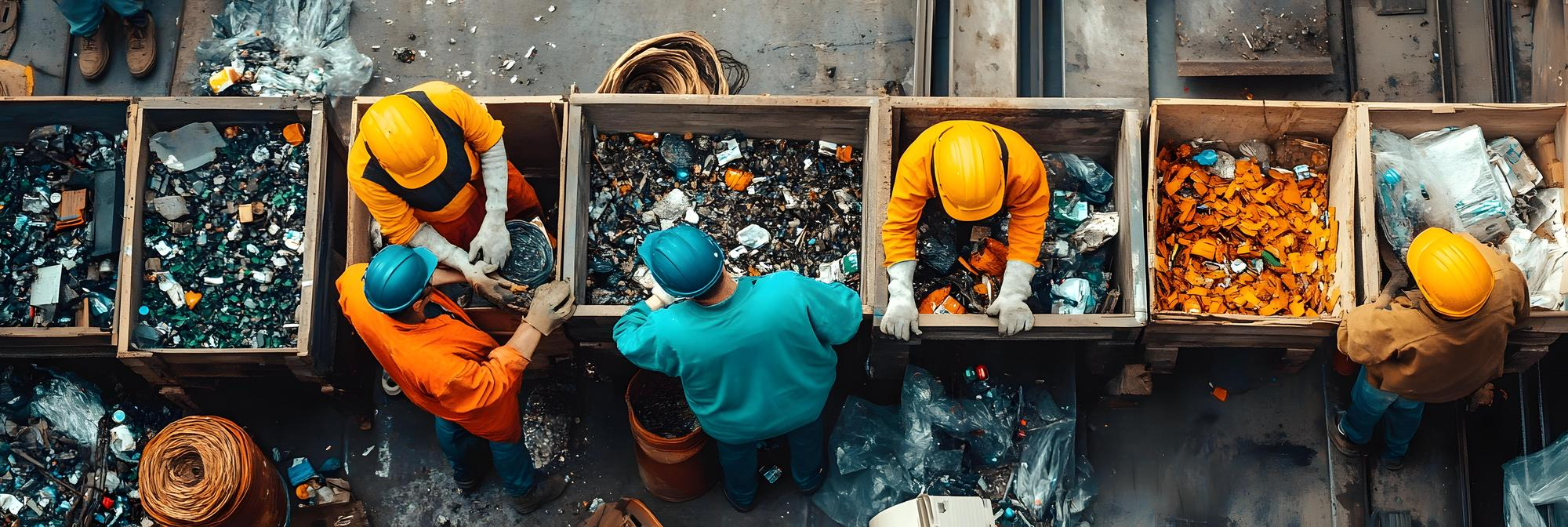Understanding the Scrap Metal Market in Kuwait
For individuals and businesses involved in metal recycling in Kuwait, knowing how scrap metal prices are determined is essential. Prices are influenced by multiple dynamic factors, both local and global. Whether you’re a collector, a scrapyard owner, or a business in the recycling chain, understanding the pricing mechanism helps you make smarter, more profitable decisions.
Right from the source to the export point, scrap metal pricing is shaped by market forces, policies, and environmental considerations.
Global Commodity Market Trends
One of the biggest influences on scrap metal prices in Kuwait is the international commodity market. Since Kuwait imports and exports metal, local prices often reflect global fluctuations. When the demand for metals like copper, aluminum, or steel rises in countries like China, India, or the EU, prices in Kuwait also increase.
Conversely, during global economic downturns, demand slows—and so do scrap values.

Type and Grade of Metal
Different metals command different prices. In Kuwait, copper scrap typically brings in the highest value, followed by aluminum, brass, and steel. But it’s not just the type that matters—the grade (purity and condition) affects the price significantly.
Clean, sorted scrap will always sell for more than mixed or contaminated material. Businesses that invest in proper sorting and cleaning can see better returns.
Local Supply and Demand
Prices for scrap metal in Kuwait also depend on what’s available locally. When there’s an abundance of a certain metal in the market, prices may drop due to oversupply. On the other hand, rare materials or temporary shortages can spike values.
Large infrastructure projects or government initiatives can also create waves in demand, which recycling companies closely monitor
Weight, Volume, and Processing Costs
Scrap is usually sold by weight, so the current rate per kilogram is a crucial indicator. But pricing doesn’t end there—processing costs such as transportation, cutting, melting, and safety measures are all factored into the buying price.
This is why the same material may yield different returns depending on the dealer and their operational expenses.
Regulations and Export Policies
Kuwait’s laws regarding metal exports and environmental policies also play a part. If new restrictions or taxes are introduced, it could lower local prices due to reduced export profit margins. On the flip side, relaxed export rules may encourage higher pricing as demand opens up across borders

Who Sets the Price?
In most cases, scrap yards and recycling facilities set daily prices based on a combination of all the above factors. They often refer to global price indexes, such as the London Metal Exchange (LME), and adjust accordingly.
However, price negotiation is common, especially when selling large volumes. Knowing the average market rate empowers sellers to bargain better
Conclusion: Stay Informed, Stay Profitable
In Kuwait, scrap metal prices are not static—they respond to a complex mix of global trends, local supply, and policy changes. To get the best value, sellers need to stay updated, understand what affects pricing, and choose reliable buyers.
Whether you’re recycling for profit or sustainability, knowing how the price is determined helps you make every kilogram count

